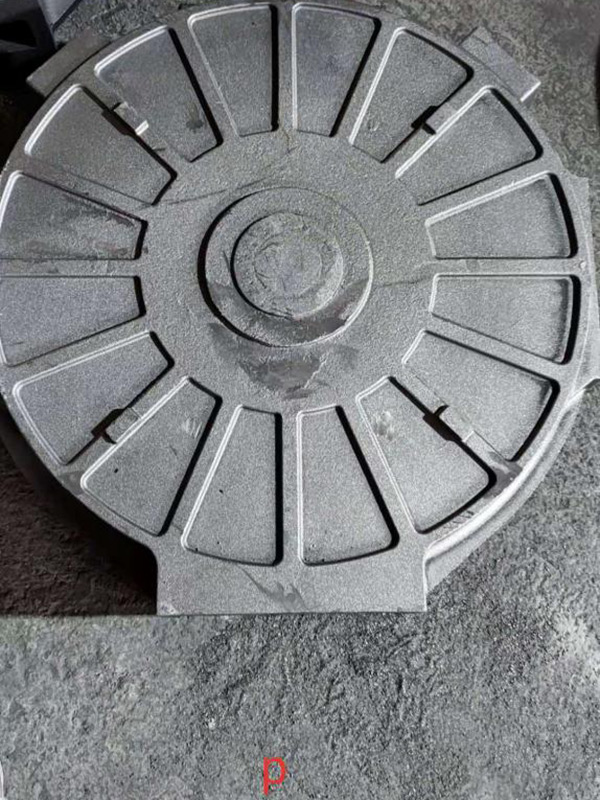

Adaptive sand preparation systems, which employ feedback loops and real-time data analysis, have revolutionized the control over sand density. These systems provide immediate feedback on sand properties, allowing for adjustments in real-time and ensuring consistent quality. Further enhancing product integrity, advanced simulations and modeling can predict the outcomes based on different densities, optimizing the sand choice before full-scale production. For an authentic experience in optimizing foundry sand density, experts should engage with complete case studies. Real-world scenarios illustrate the challenges manufacturers face in aligning density specifications with desired product characteristics. Such cases often showcase innovative approaches or technologies that have successfully addressed density-related challenges, offering invaluable insights. Vendor certifications and third-party audits add an extra layer of trust and credibility to foundry sand suppliers. Standards such as ISO 9001 and other quality management certifications reinforce a supplier's commitment to maintaining precise density controls, reassuring clients about the product's reliability and effectiveness. Continued professional education for technical staff about the physical properties of foundry sand, including density, fosters a deeper understanding and greater capability to identify and solve potential issues. Regular workshops and training sessions can keep teams updated with the latest technological advances and best practices. Understanding foundry sand density is not just an exercise in material science but a foundation for creating superior casting products. Through meticulous attention to detail and leveraging modern technology, manufacturers can refine their processes significantly. The industry's competitive edge hinges on this kind of in-depth knowledge and adaptation. Achieving optimal sand density leads to fewer defects, reduced waste, and superior product quality, reinforcing client trust and positioning a brand as a market leader. Post time:2 сар . 12, 2025 19:05
Next:foundry sand contamination
